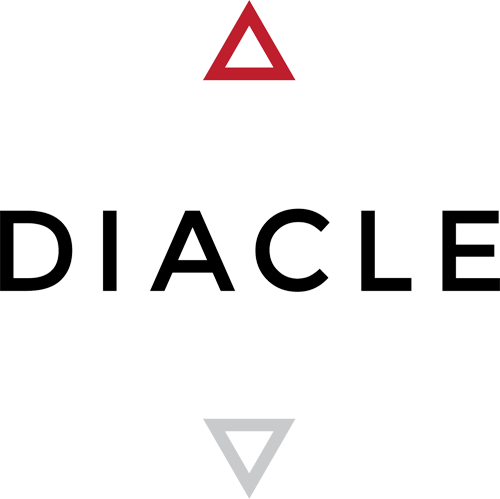The Tellochain Method – Three-dimensional Counting
One of the most useful aspects of blockchain is the immutability factor.
If the balance changes on Ethereum, it cannot be reversed. Even if fixed, an error will always be part of the paper trail.
This immutability can be leveraged in a subtle way to dramatically reduce the administrative activities of companies.
To understand how this may be possible we must understand how we count today and the history of counting.
Today, we count in an abstract manner using numbers. ‘Things’ used to be represented as physical symbols until a method was found to go from images to text.
Abstraction occurred to make the ‘data processing’ of information more efficient.
Today, we count using tools for counting. The primary tool is the calculator. The extension of the calculator is the spreadsheet.
We enter numbers into the spreadsheet and add a column for what the numbers represent – and that is how we count the world around us. The numbers change and we save the versions.
This method is used for share registers too.
A company literally takes an excel spreadsheet and adds the names of the shareholders in one column, adds the address of the shareholders in another column and the number of shares in a third. When a change happens, someone in the company opens the correct version of the share register, updates it, and then prints and signs.
These processes are evidentially extremely inadequate for a process that needs to be 100% accurate.
The fact remains that small companies don’t have the time to sit down and do everything correctly. A small errors can accumulate over time, which turns into a larger problem that needs to be solved.
When startup clients make inconsistent filings with the Company Registrar. After a period it became difficult to know exactly who exactly the shareholders were.
The blockchain therefore offers a practically free immutable counting system.
How Does it Do it?
What is fascinating is that it can do so using the most primitive method known to mankind: ‘accounting tokens’.
Accounting Tokens
Five thousand years ago we used what are referred to as 'accounting tokens'.These were physical objects that represented a commodity such as a sheep or wheat. To count the physical object, you would need an equal amount of the accounting tokens.
Typically, they were used in ancient Mesopotamia and found in a city called Tello.
These objects disappeared as we discovered numerical abstractions as a mean to count.
Physical accounting tokens are obviously not particularly scalable for accounting purposes.
Accounting tokens are a physical representation of the world around us. It is the rendering of a three-dimensional world in a physical three-dimensional form.
Our present accounting and counting methods render a three-dimensional world in a two-dimensional abstract form.
With blockchain, the Tellochain Method is a representation of a three-dimensional world or two-dimensional concept in a three-dimensional blockchain form.
The blockchain accounting tokens created are immutable and permanent therefore they can be said to exist in a three-dimensional manner.
With the Tellochain Method – using the share register as an example – a digital three-dimensional view of the share register is simply rendered.
A total amount of blockchain accounting tokens can be created and allows for the transfer of those tokens – the blockchain does the rest.
What is of particular interest, is that there are no regulations over how you should count.
The blockchain accounting tokens themselves are completely valueless.
So Tellochain is a fantastic way to administer all assets without trying immediately to transfer the existence of a real-world legal concepts such as a share onto a blockchain.
In essence, my view is that we must use this technology immediately.Not wait for 500 old years of legal history surrounding joint stock companies to be updated to appreciating the benefits of blockchain.
Now someone just needs to make a beautiful mobile UX to enable the blockchain spreadsheets generation to utilise all programming languages – not just Solidity.
